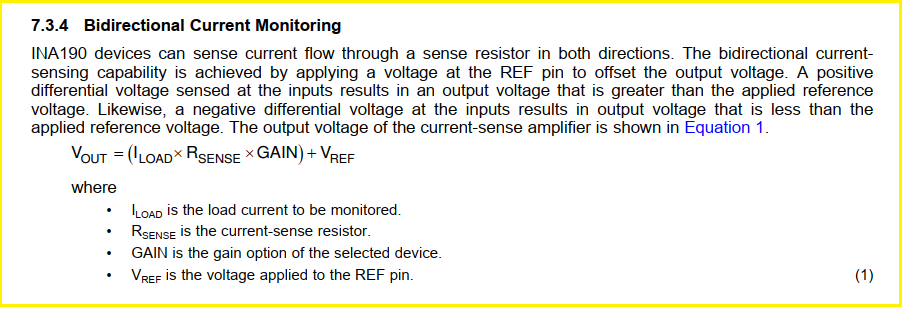Other Parts Discussed in Thread: INA901-SP
Hello,
What is the relationship between Vsense and Vout? Is it Vout = 20 x Vsense?
The typical value is Vsense is specified as 0.15V, but figures 17 and 18 only plot Vsense up to 24mV.
If Vsense = 150 mV, will Vout = 20 * 0.15 = 3V?
thank you
Rajan



